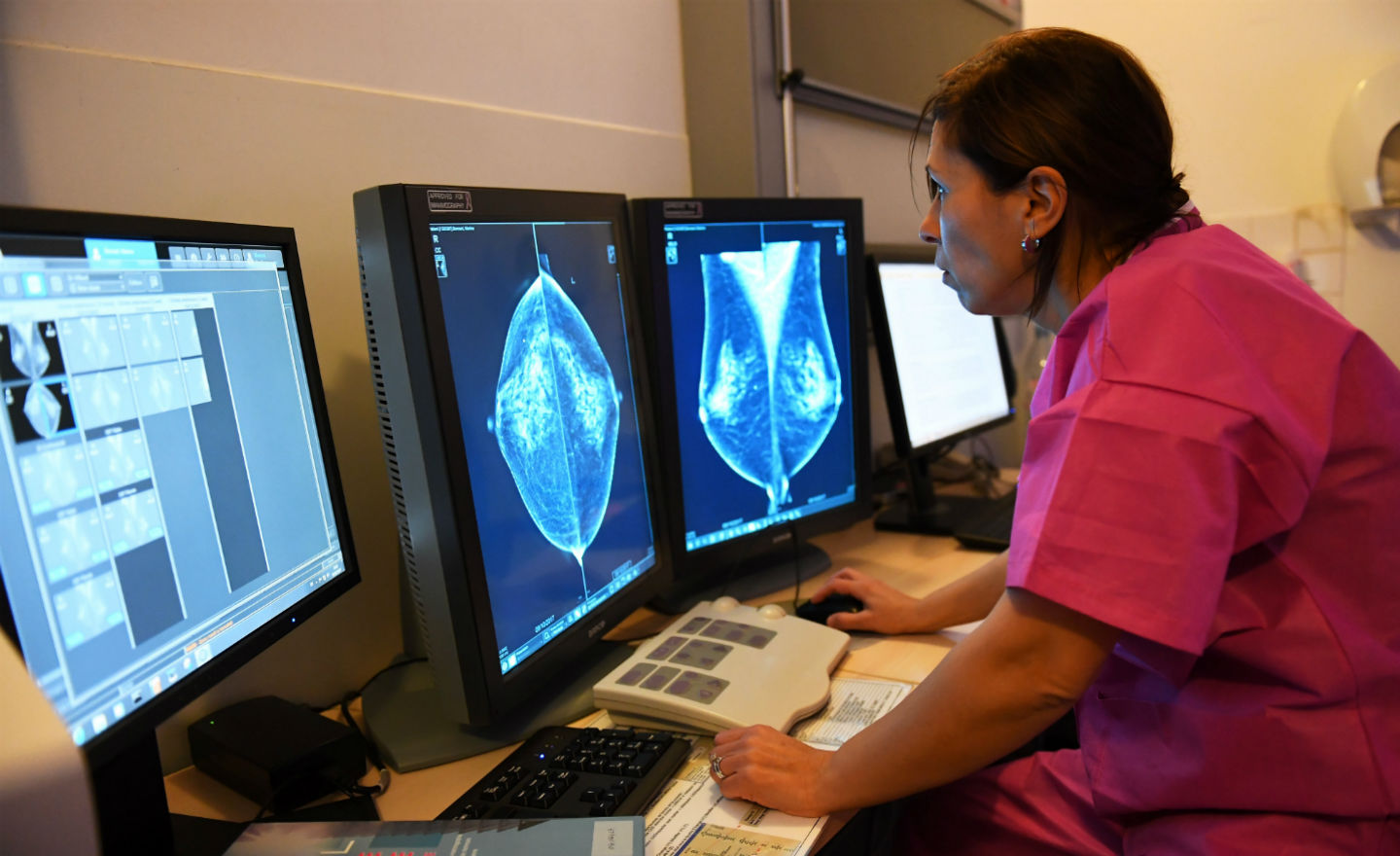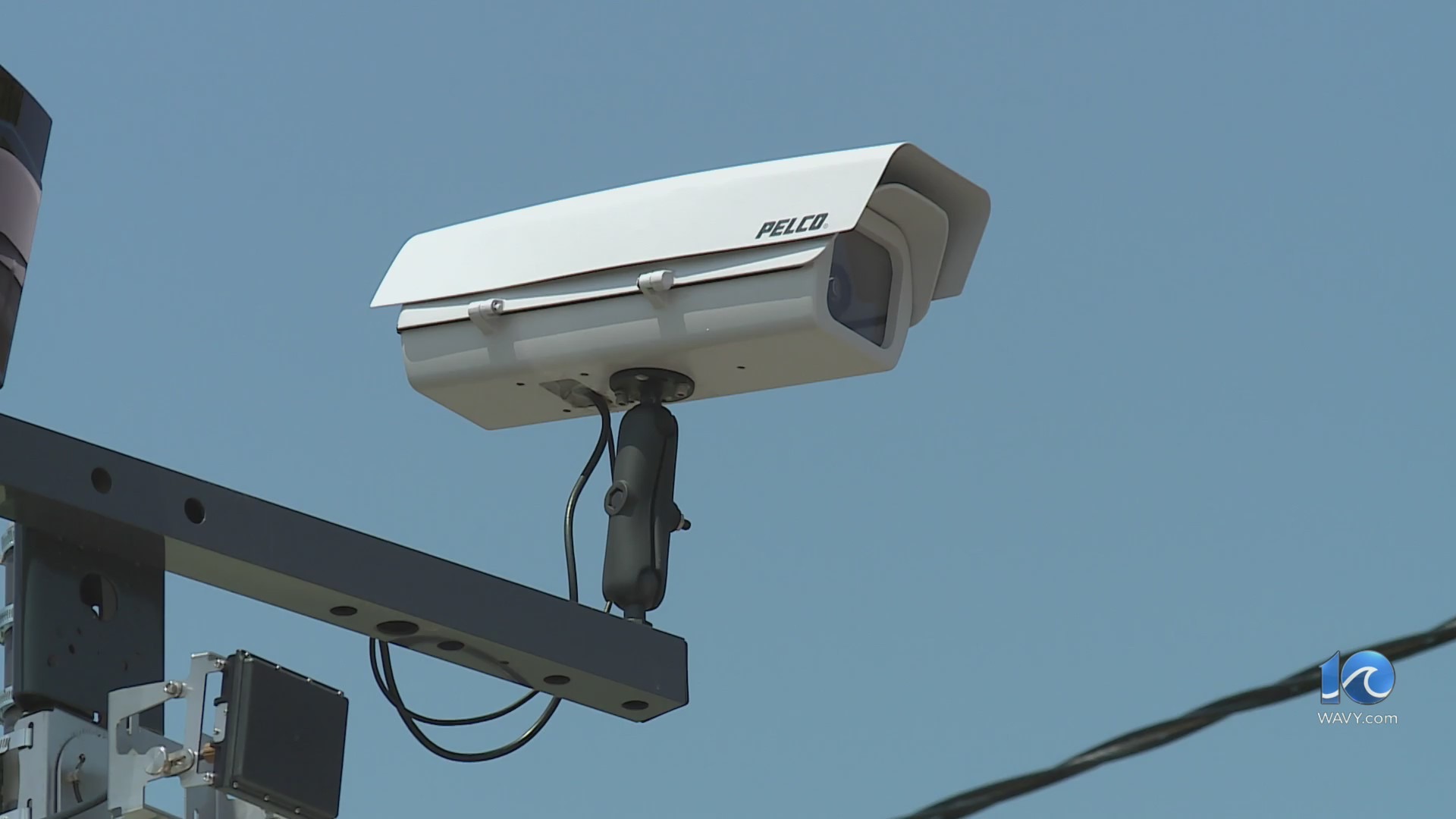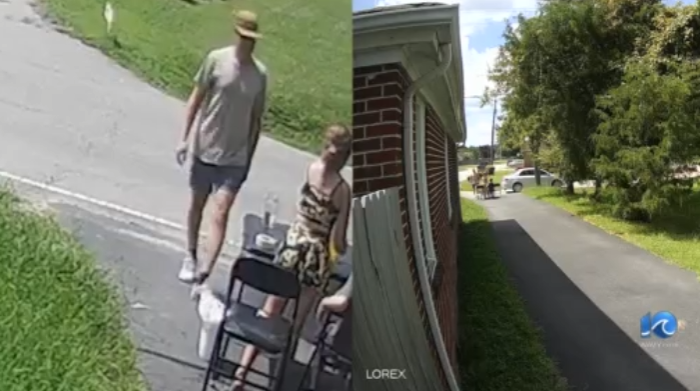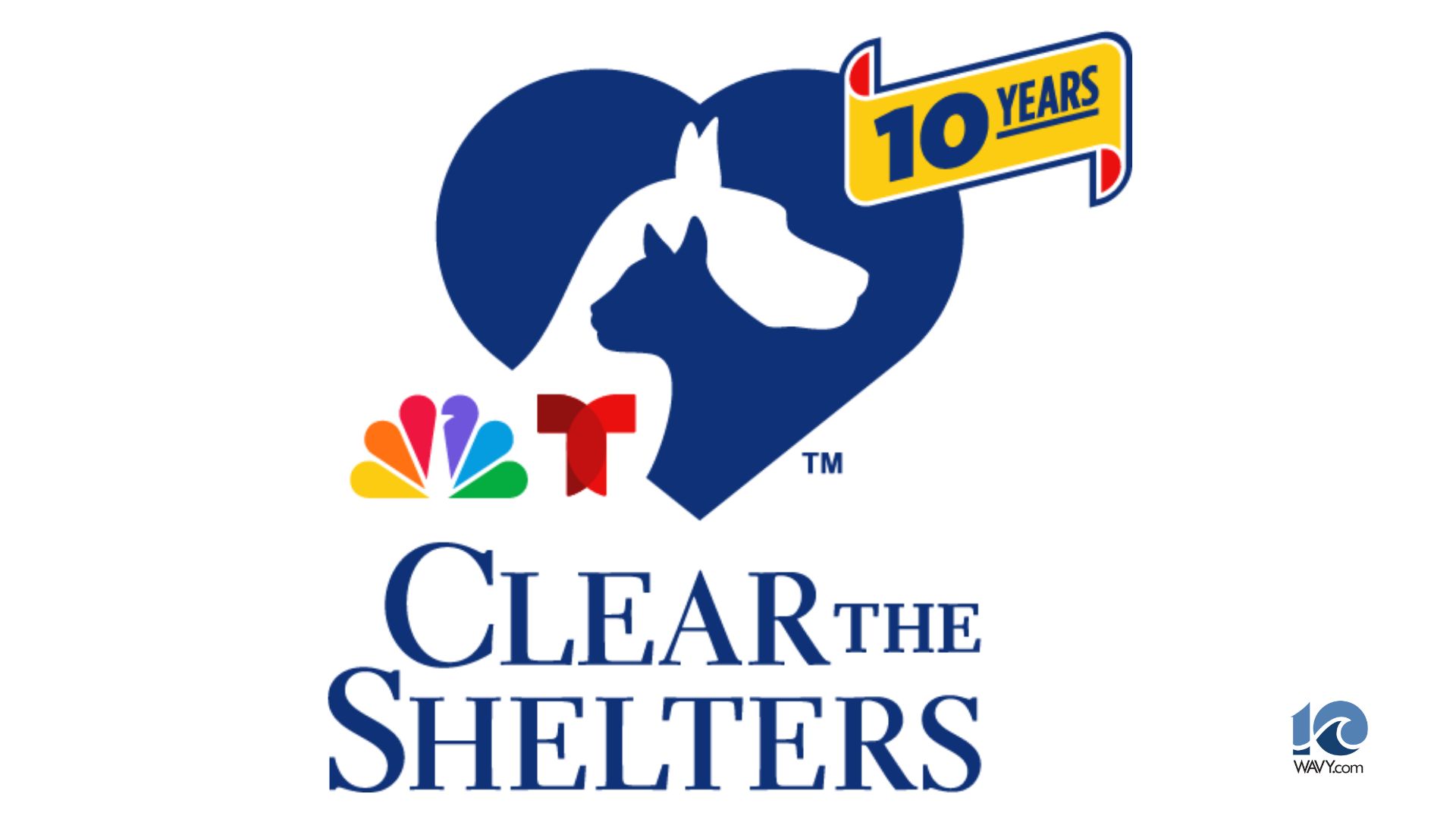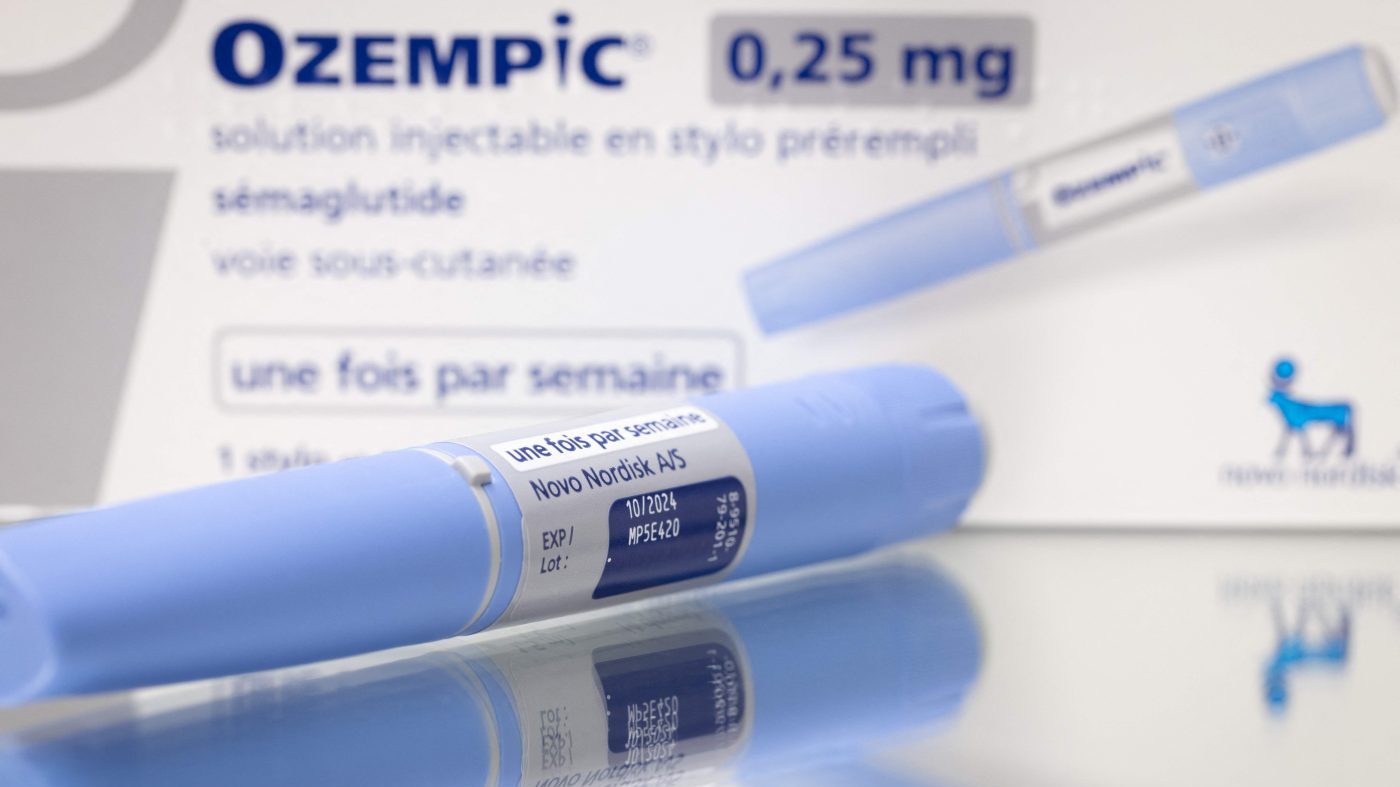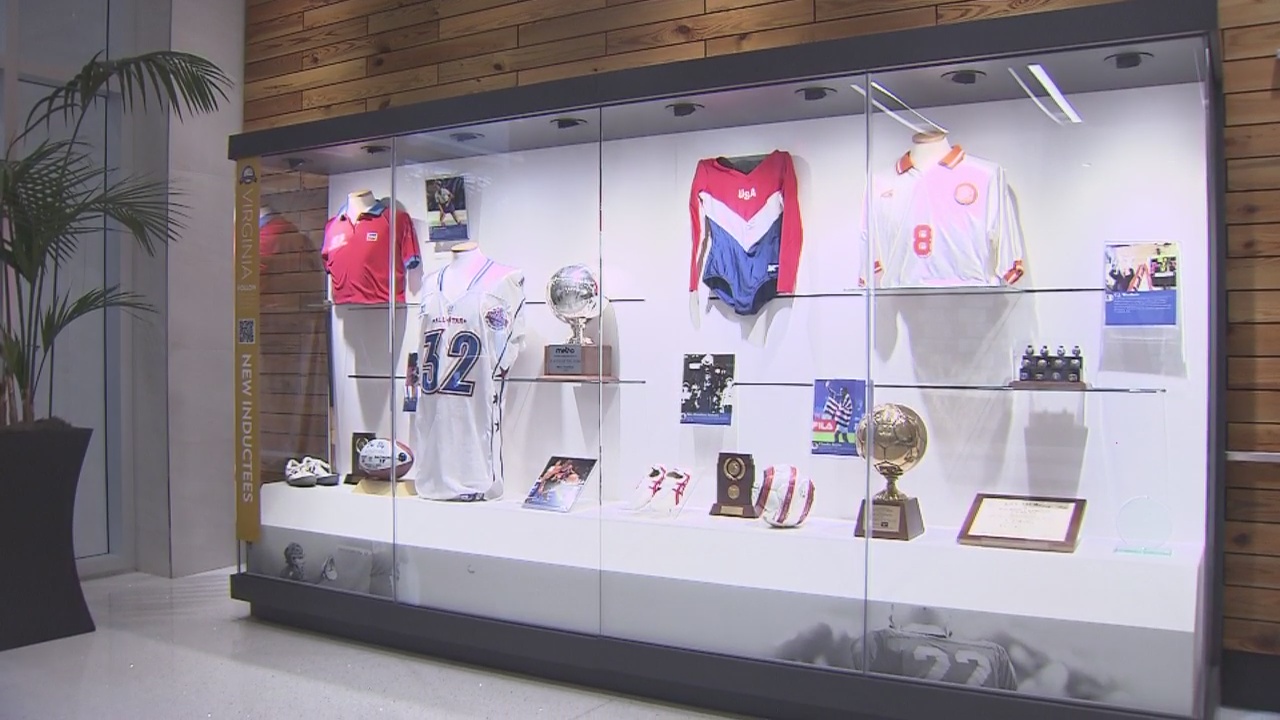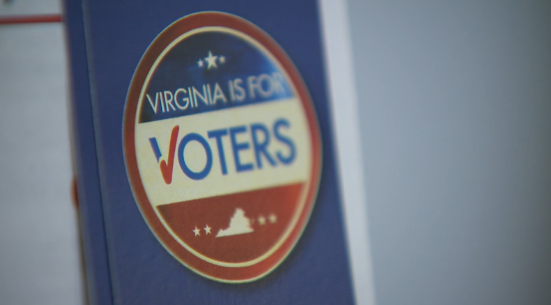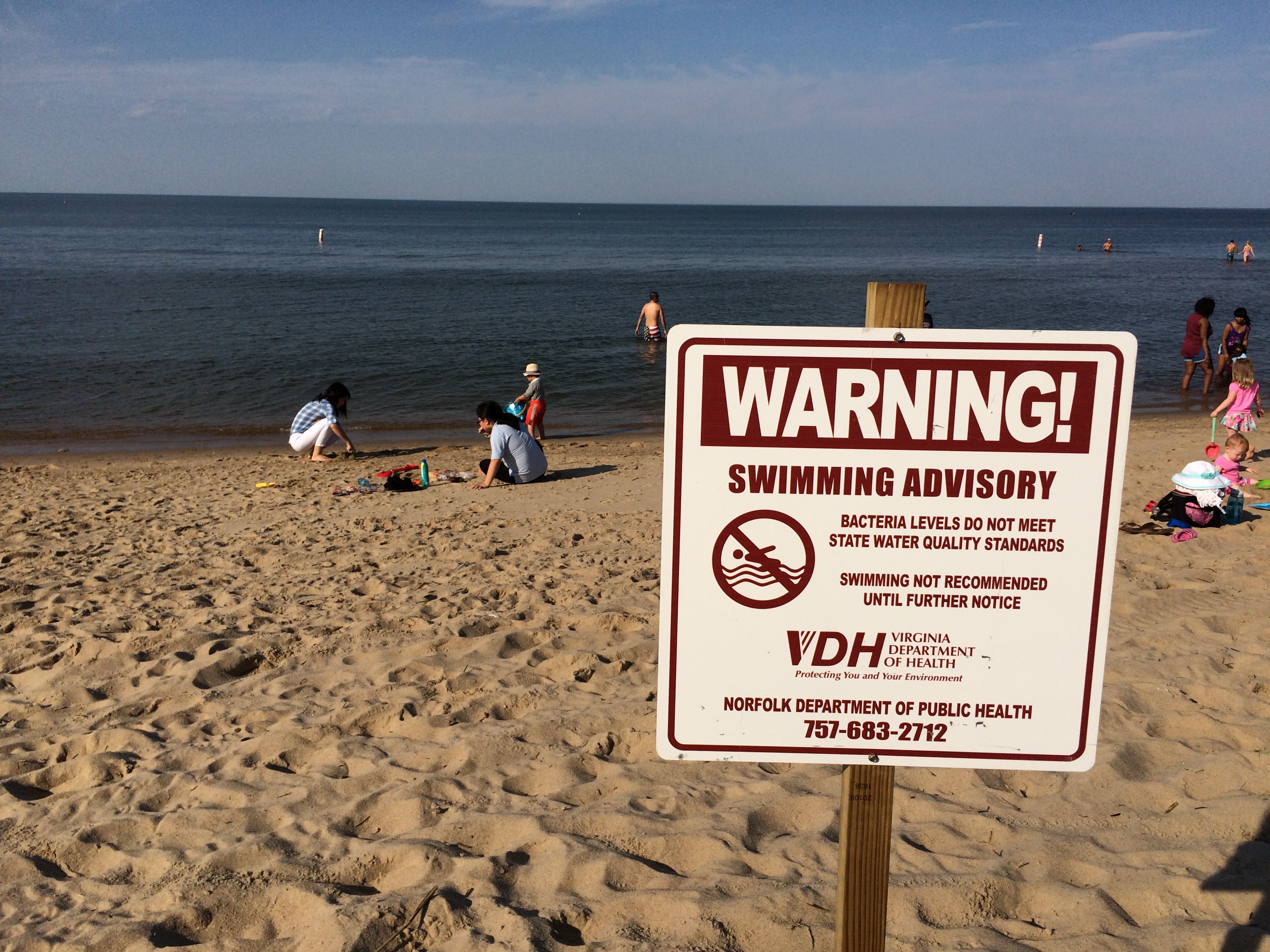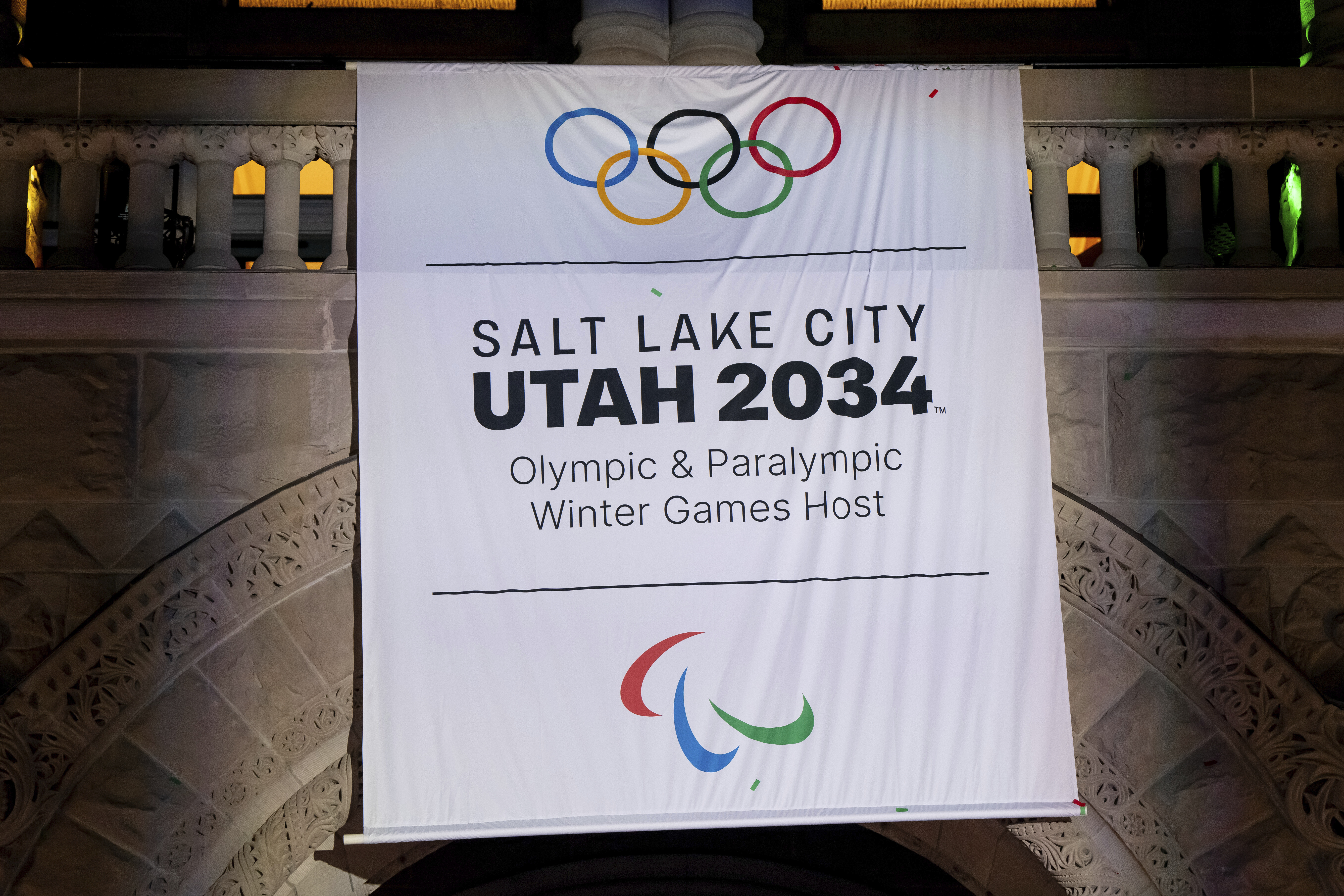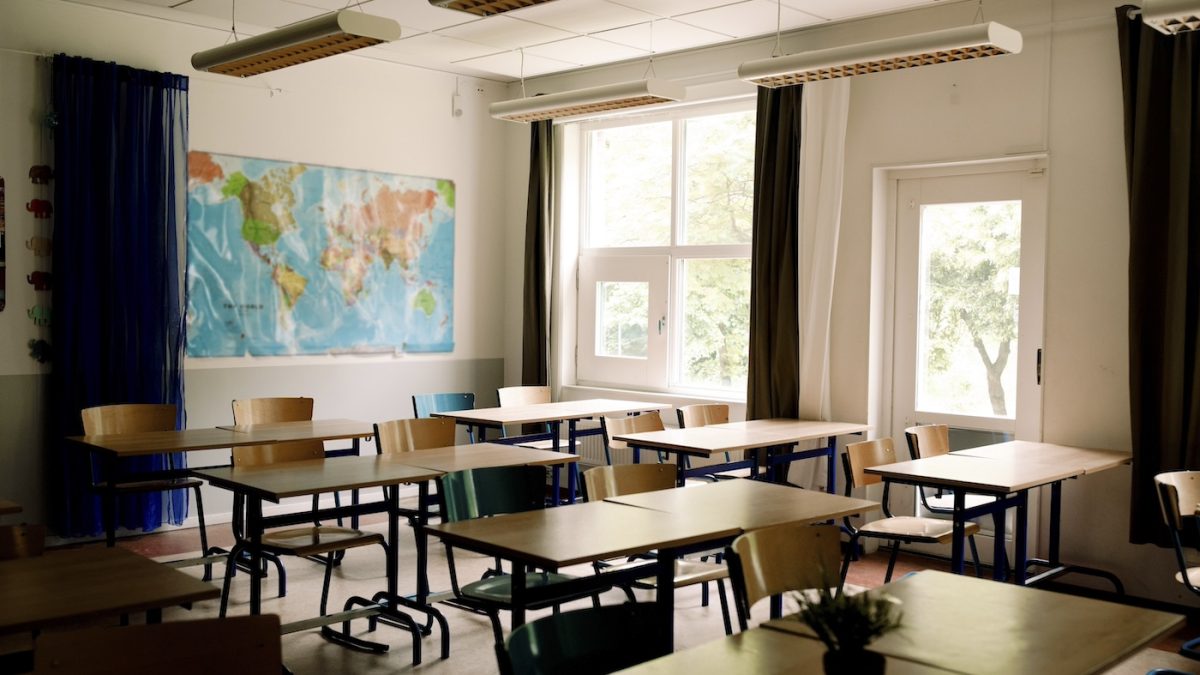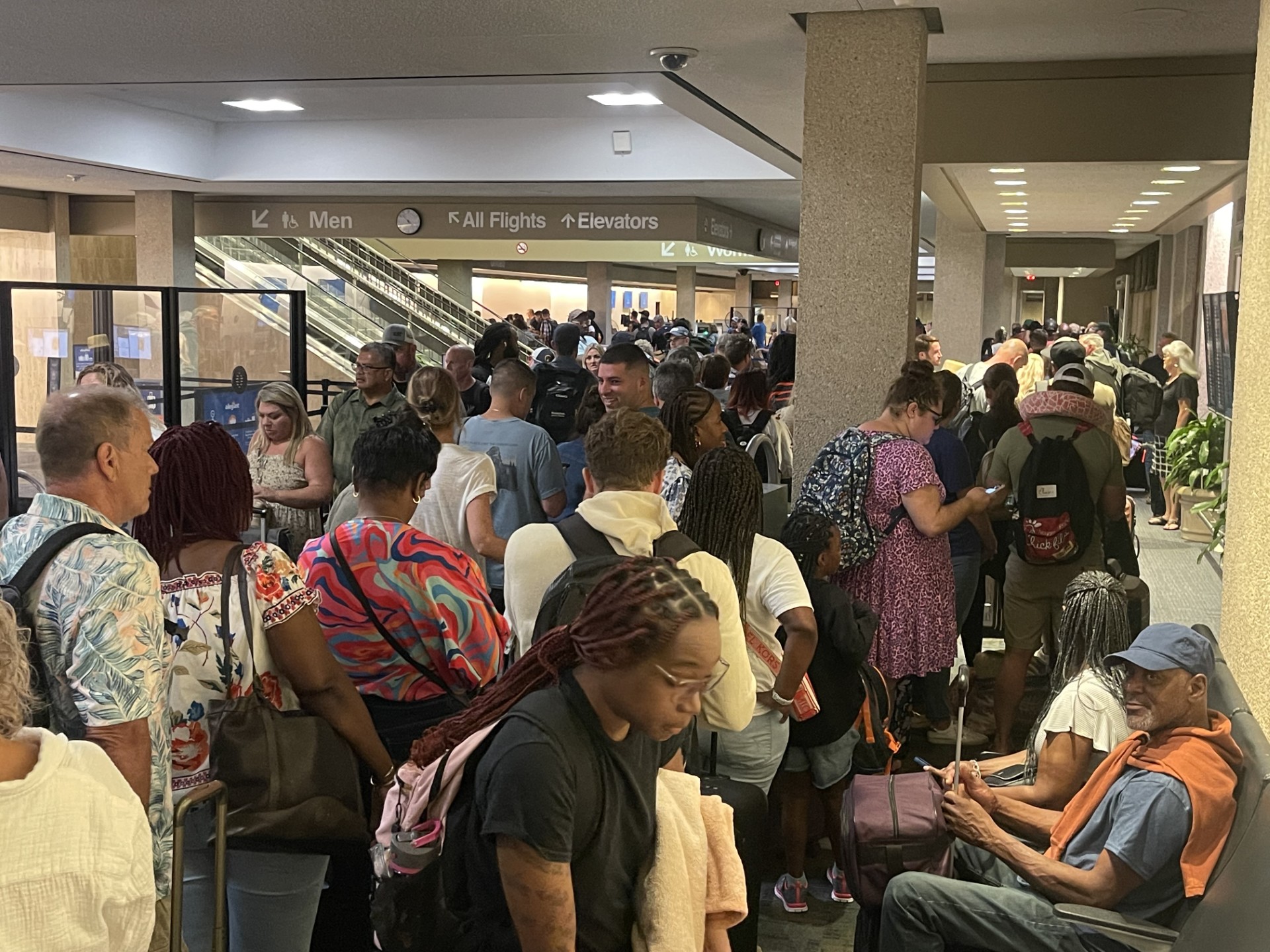WILLIAMSBURG, Va. (WAVY) — The 273-page study on whether it would be feasible for the city of Williamsburg to start its own independent school division wasn’t designed to provide a yes or no answer, but rather, the information the city would need to make its own choice.
The Independent School System Feasibility Study Team presented its report to City Council at its Monday work session, but council made no decision at that time, and isn’t expected to make one before the end of March, or later.
About 1,100 students in a Williamsburg school division, about 10% of the 11,758 currently enrolled in Williamsburg-James City County Public Schools, would attend one of three schools — Matthew Whaley, Berkeley or a converted James Blair High School.
The cost to city taxpayers, at least initially, would be higher. In fiscal 2022, the per-student cost for WJCC Public Schools was $14,803. However, the estimated cost per student for a new Williamsburg school division in year one would be $16,935.
Rather, the city is now giving its residents the opportunity to weigh in on the report and whether they want its own independent school division, inviting residents to attend council meetings and a public input session from 5:30 to 7:30 p.m. March 26 at James Blair Middle School. Residents will also be able to provide feedback online. The next council meeting is at 2 p.m. Thursday at the Stryker Center at 412 N. Boundary St.
Longtime educator Dr. Jeffery Smith led the study team, made up of a team of educators overseeing topic areas.
“We are extremely grateful to Dr. Smith and his team for the comprehensive report they have provided us,” Mayor Douglas Pons said in a statement. “With this data and thorough analysis in hand, we can now begin the hard work to answer the question central to this effort: Can the city of Williamsburg provide better student outcomes for Williamsburg students? We remain focused on what is best for Williamsburg students, parents, families, teachers, and taxpayers, and we look forward to hearing from the community over the coming weeks.”
The city said the feasibility study is one part of its effort to “consider alternatives to the traditional K-12 education model for improved pathways to higher education and certificate programs through coordination with local institutions, as the city’s 2023-2024 Goals, Initiatives and Outcomes, adopted in November 2022, “outlines strategic initiatives that drive the city’s direction and focus over a two-year workplan.”
More than 1,600 residents provided input online and in person after the city, in fall 2022, launched a public effort to get feedback.
The city has a population, as of 2020, of 15,425 and spans nine square miles between the James and York rivers on the Peninsula, and has, as part of its makeup, the College of William & Mary and the Colonial Williamsburg Foundation. The city provides a full range of municipal services and has library services jointly, by contract, with James City County through the Williamsburg Regional Library.
The James City County Board of Supervisors voted to end its partnership, which has been in place for more than 50 years, as Williamsburg James City County Public Schools at the end of the 2025-2026 school year. Both the city and county agreed that if they do indeed separate, it would not take place before August 2028.
“This extended timeframe would allow more time for the localities to make an informed decision on whether to carry forward with a separation or remain partnered, and to take the necessary steps toward a successful transition,” the city said in a foreword to the study.
The study is broken down into the following areas:
- Purpose of the research and feasibility study
- Analysis of enrollment, demographics and academic outcomes
- Governance and management
- Potential school division mission statement
- Staffing standards and human resources requirements
- Financial feasibility
- Operational and instructional technology
- Curriculum, instruction and assessment
- Student transition plan and displacement of students
- Students with special needs
- English language learners
- Gifted education
- Co-curricular/athletic offerings
- Innovative programs for schools
Williamsburg and James City County signed a five-year contract in May 2022, to cover a period beginning July 1, 2022.
The purpose of the study, according to its authors, was “to outline potential constraints, best practices and other considerations should the city of Williamsburg decide to form an independent school division.”
“It was neither the intent nor the desire for the research and feasibility team to determine if a separation of a jointly operating school division should occur,” the document states. “Should the city determine it is feasible and beneficial to operate an independent school division, it will be necessary for the city to develop a comprehensive and viable plan of action that identifies specific academic and co-curricular programs, including the administrative, operational and technological resources needed to support desired student and community outcomes over multiple years.”
The study outlined the legal ramifications of an independent school division, and it developed themes and possible mission statements that could be incorporated into a new school division.
It also noted staffing and fiscal challenges that a new school division would have to meet.
Taking the current makeup of Williamsburg students in the current, joint school division, there are 1,119 students — 535 students in grades Pre-K through 5, 234 students in grades 6 through 8 and 350 students in grades 9 through 12, based on fall 2023 enrollment numbers. More than half of those students (52%) are identified as economically disadvantaged, with 593 students receiving free and reduced lunch.
As a comparison among school divisions in the same region, it would be similar in size to the city of Franklin, which has a land area of 8.75 square miles, a population of 8,400 and a student population of around 1,100 students in grades Pre-K through 12.
Of the racial makeup of Williamsburg students in the current joint school division, 33% are White, 27% African American and 26% Hispanic, with smaller percentages of other ethnicities. While 5% of James City County students are English learners, that percentage increases to 14% for solely Williamsburg students.
More than 6% of students in Williamsburg (71 of 1,119) are classified as homeless, versus 1.5% of James City County students (160 of 10,639).
Reading, math and science standardized test pass rates for Williamsburg students are also lower than students from James City County. Standards of Accreditation pass rates in certain categories indicate that, if Williamsburg had its own school division now, that its schools could be accredited without conditions or accredited with conditions, but that it shouldn’t be interpreted as final accountability ratings because it only takes in data from one school year, the 2022-2023 school year.
There were 235 students from Williamsburg in the joint school division, or 22.68%, who would be considered chronically absent, meaning absent from school for at least 10% of the school year, whether they were excused or unexcused absences. That percentage was 15.45% for James City County students. Of the 82 Williamsburg students in the 2023 cohort, 69 were on-time graduates (84.15%), versus 93.6% for James City County students.
The study provided for an organizational structure for the school division, and noted staffing challenges that it would likely face — similar to many school divisions across the state and country — while also breaking down the number of staff it would need based on the the size of the schools and grade levels. It also discussed compensation for teachers, bringing up comparisons between the region’s other school divisions, as well as other staff.
The study also noted how a new school Williamsburg public school division would be funded. It estimated total funds of $16.5 million from all sources.
That would include local funding for year 1 of a new school division equal to the city’s current, $10.4 million to the joint school division, state funding of $5.7 million and federal funding of $500,000, with $250,000 in non-resident tuition. It’s expected that the city’s middle and high school (Berkeley Middle and what would be James Blair High School) would be under capacity.
Salary costs based on fiscal year 2023-2024 salary schedules would run $11.6 million, but do not account for inflation or future salary adjustments. There would be total employer-provided benefits costs of $5.2 million, and non-personnel operating costs of $2.1 million.
It would leave a funding gap of $2.4 million. The report also noted other costs to fund varsity athletics, operational and instructional technology, student transportation, feed students and manage other administrative and operational needs.
It offered a comparison for a new Williamsburg high school with an enrollment of 277 being similar in size to Mathews High School (277) and Middlesex High School (254), each offering 17 team activities, though some may not have both varsity and junior varsity teams or offer them for boys and girls. It noted the possibility for partnerships with William & Mary and the city’s Parks and Recreation Department. The study also highlighted potential needs for athletic facilities.
The new school division would also need to develop its own curriculum, instruction and assessments, and it would also have to address how to transition students between school divisions. Currently, the elementary school in the city limits, Matthew Whaley, has an effective capacity of 490 students, 45 fewer than the current number of Williamsburg elementary students, with enrollment projections of the city’s student population rising by 4% over the next 10 years.
The study provides for several options to remedy the overcrowding there — expanding Matthew Whaley, designing Berkeley Middle to include grade 5 students, making it a grade 5 through 8 middle school, or designing Berkeley Middle as a K-8 school to give more space at Matthew Whaley, allowing elementary students to be served in two schools.
The study noted the need to transition city students who currently attend the current James Blair Middle to Berkeley Middle to allow for James Blair to be a high school. It also said that transitioning middle school students at Berkeley and the current James Blair Middle to a future James Blair High “can be considered an exemplary approach as they travel as cohorts … but a concerted effort is needed to minimize disruptions to students, families and school staff.”
It also laid out anticipated transition expenses and implementation plans, including all Williamsburg students transitioning to the newly-formed school division in the inaugural year, having Pre-K through grade 9 students transitioning for the inaugural year of the city-only school division or having just ninth grade students start at the city high school during the first year of implementation, allowing current high school students who live in Williamsburg to finish their schooling at their current high school.
The study also highlighted the possibility of offering an International Baccalaureate program in a new school division, with fees associated with that, or putting in place non-traditional alternatives to the traditional K-12 education model.




























